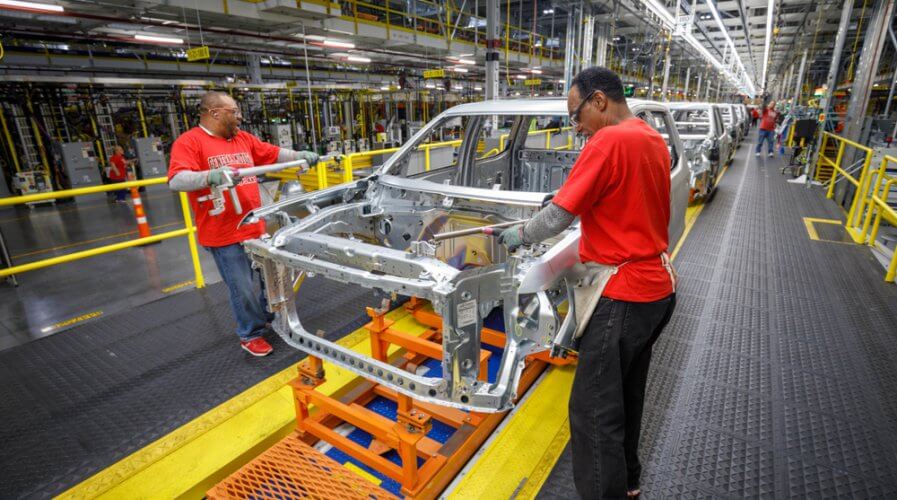
Task automation allows AI projects to deliver immediate gains. Source: Shutterstock
Are CX and task automation really driving AI adoption?
ORGANIZATIONS have been in awe of artificial intelligence (AI) thus far, however, not many have been able to adopt the technology at scale. Implementations, therefore, have been limited to a handful of use cases.
However, according to a new report by Gartner, that is about to change.
Respondents in a closed group known as the Gartner Research Circle revealed that the average number of AI projects currently in place is four, but expect to add six more projects in the next 12 months, and another 15 within the next three years.
According to the market research firm’s estimates, in 2022, those organizations might have an average of 35 AI or machine learning (ML) projects in place.

“We see a substantial acceleration in AI adoption this year. The rising number of AI projects means that organizations may need to reorganize internally to make sure that AI projects are properly staffed and funded,” said Gartner Research VP Jim Hare.
Hare’s comment is reflective of the fact that 56 percent of respondents cited the lack of skills as a major barrier to AI while 42 percent said that a lack of understanding of AI use cases was a top challenge.
The study highlights market trends indicating a rise in AI and ML based use cases in areas such as finance, marketing, operations, human resources (HR), and even audit & compliance.
The fact that many of these intelligent solutions are offered by vendors via the cloud, as SaaS (software as a service) offerings, at reasonable prices, with plenty of implementation and customization support make them an easier sell.
What’s driving the growth in AI uptake?
Gartner’s study revealed that the rise in AI uptake among organizations — at an accelerated pace — is a result of CX improvement and task automation opportunities.
More specifically, 40 percent of organizations named CX as their top motivator to use AI technology, while 20 percent of respondents were driven by the ability to automate tasks.
While technologies such as chat bots or virtual personal assistants can be used to serve external clients, 56 percent of organizations today use AI internally to support decision making and give recommendations to employees, said Gartner.
Examples of automation include tasks such as invoicing and contract validation in finance or automated screening and robotic interviews in HR.
“It is less about replacing human workers and more about augmenting and enabling them to make better decisions faster,” explained Hare.
CX and task automation might seem like good drivers of AI because they’re more practical or easy to understand but the fact is that both areas are also immediately benefited by AI — in a quantifiable manner.
AI-powered CX improvements via chatbots and email personalization result in immediate improvements in Net Promoter Scores (NPS) and email engagement rates.
Task automations supported by AI yield quick dividends in the form of time and cost savings and continue to grow for a certain period of time immediately after implementation as the solution is customized to maximize results.
In the coming year, as Gartner points out, organizations across the globe are expected to explore more AI use cases to support their business.
READ MORE
- The criticality of endpoint management in cybersecurity and operations
- Ethical AI: The renewed importance of safeguarding data and customer privacy in Generative AI applications
- How Japan balances AI-driven opportunities with cybersecurity needs
- Deploying SASE: Benchmarking your approach
- Insurance everywhere all at once: the digital transformation of the APAC insurance industry






